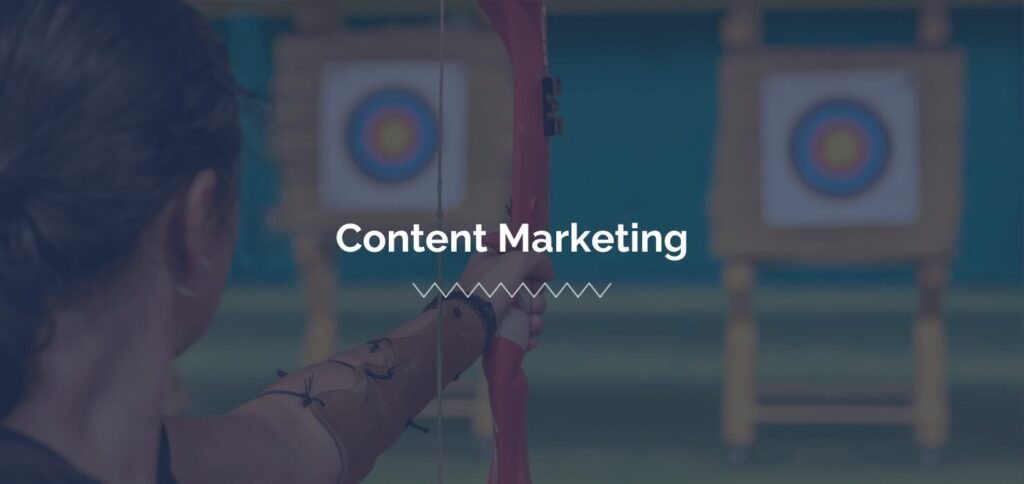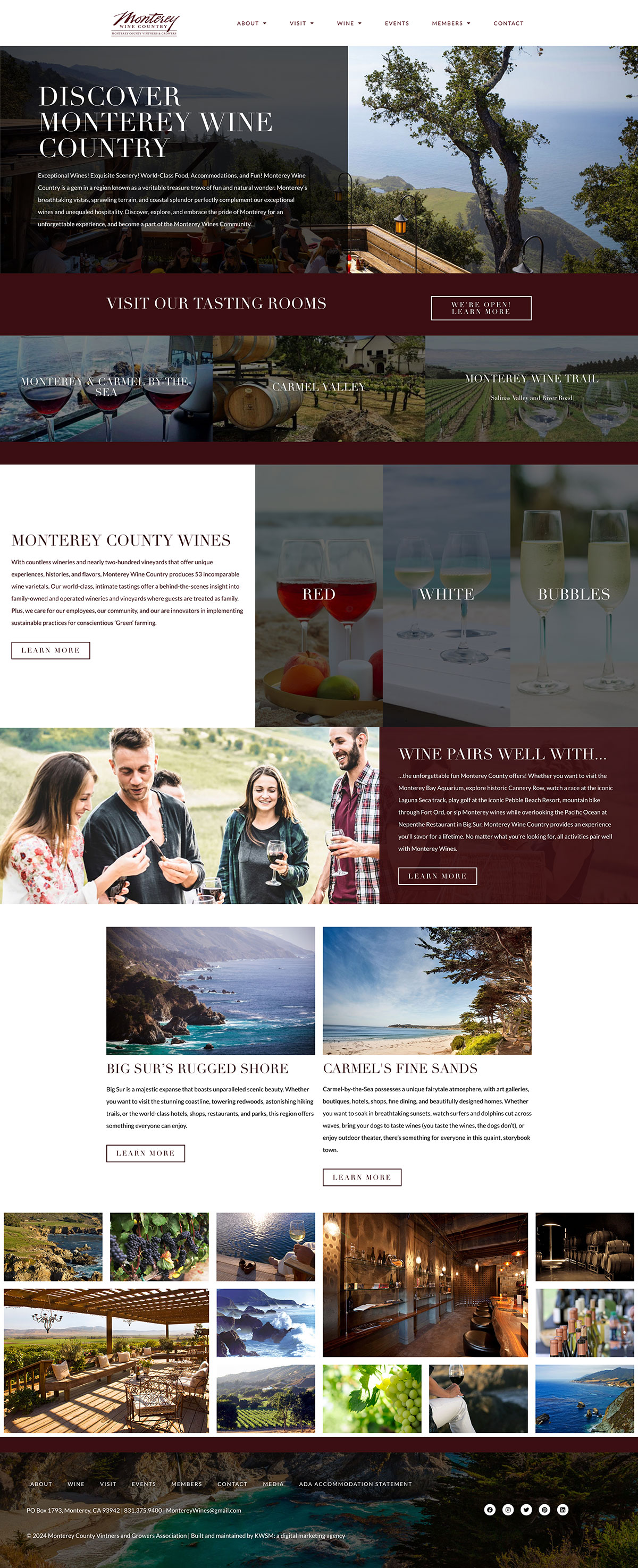
For this year’s KWSM Mentorship Program, I was taught the art of audience exploration and targeting by our Director of Content, Jason Avant. The wealth of information I took in these past couple of months was akin to a firehose, but absolutely invaluable to my future as a copywriter.
The audience exploration process contains a set of three steps before performing a site audit: an analysis of a given audience’s pain points, wants and needs, and motivations. By decrypting these areas of a client’s target audience, you can tailor your messaging to cater to those specific pains, wants, needs, and motivations. Here’s what I learned over the past couple of months with the insights of my mentor, Jason Avant.
Pain Points
Jason started out our mentorship by stressing the pain points of our clients and how they drive our audience exploration phase. Pain points can be thought of as what an audience struggles with, that a given business can fix or fill. In other words, pain points are needs which drive customers to seek a fitting product or service.
Audience targeting and exploration therefore uncovers those pain points, which then guides future copy. Jason pointed to a new brewing company as an example; as a recently established organization, their pain is a need for online exposure to get the word out. The solution? A digital marketing agency that can boost their lead generation through fresh web design, organic and paid services, and social media exposure to build their community.
Wants & Needs
After pain points, Jason taught me that an audience’s wants and needs are up for analysis. While “wants” are emotion-based and reflect what your audience desires, “needs” ask what your audience can’t live without. It’s important to note, however, that audiences usually have more than one need, all of which should be tended to through targeted messaging.
Clients may need websites in the modern business world, for example, but do they need TikTok or Twitter? That may be the case for certain clients, but for legal clients who’re best served on LinkedIn, Twitter and TikTok may fall under “wants.”
Another example is a legal expert who’d like to gain more press coverage, or receive more inquiries for coverage. In this case, the client needs to touch on hot-button issues that tie into their expertise – which will then guide their outbound writing.
Motivations
After decrypting your audiences’ wants and needs, it’s time to unearth their motivations, or what drives them to buy. Jason largely taught me the power of motivations through examples, such as a former client and used lab equipment distributor. They stressed the lower cost of their refurbished units, as well as their striving for a circular economy by extending the life cycle of their lab equipment. Through audience exploration, it’s found that their customers are motivated to buy due to lower costs and an undertone of environmental awareness.
Another example is an estate dispute law firm; clients may need a dispute settled or want a bigger share of an estate, but they’re motivated to hire an attorney for their award-winning service or established credibility.
Site Audits
Once you’ve broken down an audience’s pain points, wants, needs, and motivations, a site audit is performed to evaluate the client’s current messaging. When we conduct site audits, Jason will:
- Look at the client’s current messaging
- See how well they cater to their audience(s)
- Determine how to better tailor it to their audience(s) through:
- Competitor Research: Comparing and contrasting the competitor and client’s messaging
- Persona Research: Evaluating the lifestyle, interests, hobbies, etc. of target audience(s)
Final Considerations
There are a few clarifying questions to ask before building a client’s messaging, according to Jason:
- Are you being granular enough with your audience targeting, and segmenting correctly?
- If a want, need, or motivation isn’t clear, lean on the remaining two.
- Ask yourself how the content is serving each audience, and whether visitors are being served relevant content.
With these final thoughts, a client’s messaging is ready to be built. The information Jason relayed to me is invaluable for my future as a copywriter, since audience exploration is an integral part of any digital marketing strategy. On top of this, it showed me how important our audience targeting plans are when drafting all client materials. From blogs and newsletters to landing pages meant to convert, our audience targeting plans act as guardrails toward deeper resonance with our clients’ audiences. I’ll be leaning on our targeting plans much more moving forward to further tailor messaging and brushing up on exploration tactics to bolster my content’s impact.











